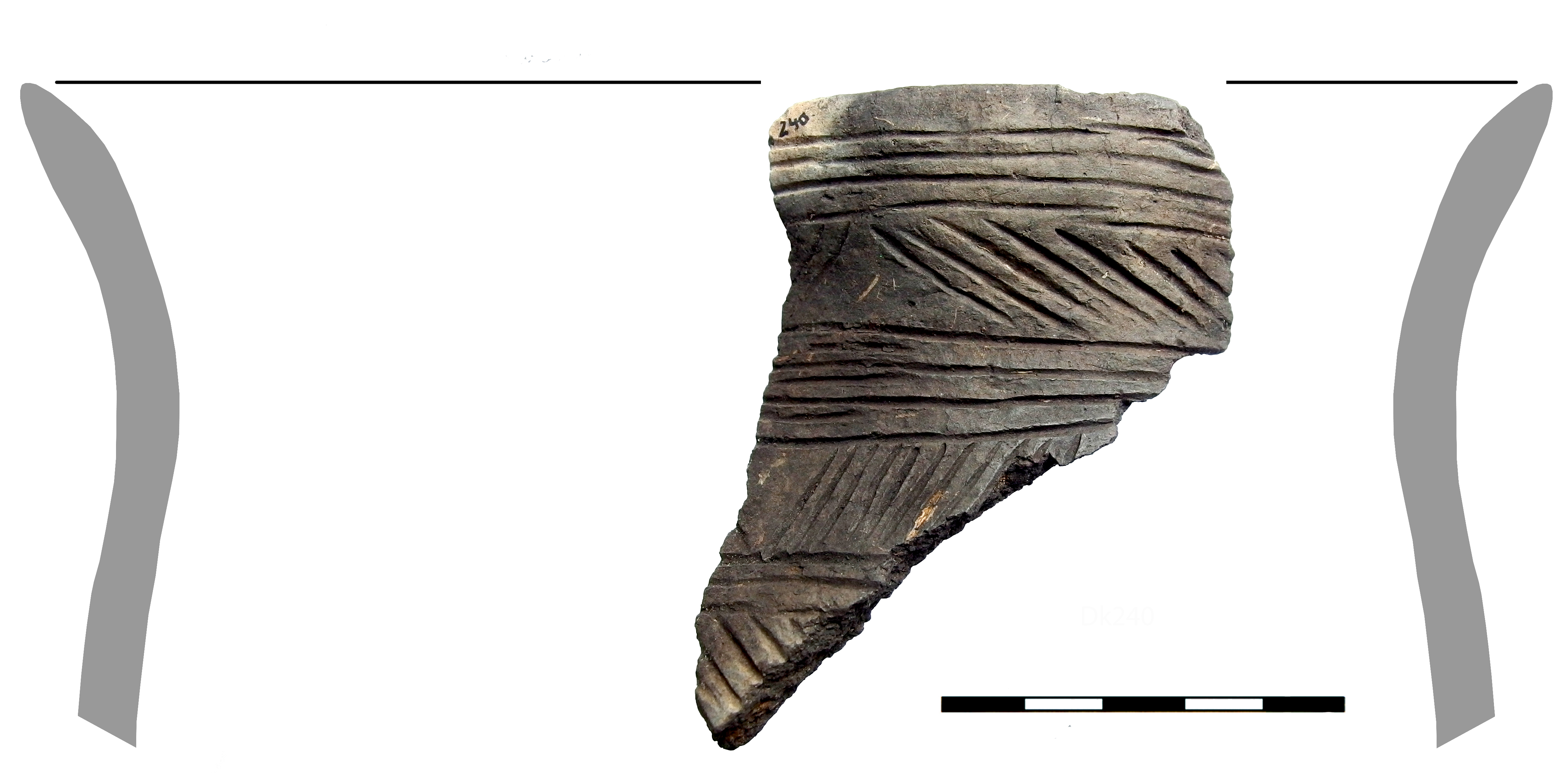New Publication: Diet, cuisine and consumption practices of the first farmers in the southeastern Baltic
Harry Robson, Alexandre Lucquin and Oliver Craig reveal publish organic residue analysis of pottery results in Archaeological and Anthropological Sciences

BioArCh's Harry Robson, Alexandre Lucquin and Oliver Craig published a new paper in Archaeological and Anthropological Sciences: Diet, cuisine and consumption practices of the first farmers in the southeastern Baltic. This paper reveals that organic residue analysis of pottery can present different results regarding diet than the stable isotope analysis of human remains.
The Abstract:
With the arrival of the Early Neolithic Globular Amphora and Corded Ware cultures into the southeastern Baltic, ca. 2900/2800–2400 cal BC, a new type of economy was introduced, animal husbandry. However, the degree to which this transformed the subsistence economy is unknown. Here, we conducted organic residue analyses of 64 ceramic vessels to identify their contents. The vessels were sampled from 10 Lithuanian archaeological sites dating across the Subneolithic-Neolithic transition to the Early Bronze Age (ca. 2900/2800–1300 cal BC). Our results demonstrate that regardless of location or vessel type, many ceramics were used to process aquatic resources. Against our expectations, this association continued even after marked economic change concurrent with the migration of pastoralists from central and southeastern Europe, as evidenced by recent ancient DNA analysis of human remains. Moreover, we observed dairy fats in pottery from all cultures of the Early Neolithic (i.e. Rzucewo, Globular Amphora and Corded Ware) but unlike other regions of Europe, it seems that these were incorporated into indigenous culinary practices. Furthermore, some vessels were used to process plant foods, and others may have been used for the production and/or storage of birch bark tar. However, evidence for domesticated plant processing, for example millet, was absent. We show that organic residue analysis of pottery provides a different picture of past consumption patterns compared to the stable isotope analysis of human remains from isolated burials where a clear dietary shift is evident.
To read the paper, follow the link below:
https://link.springer.com/article/10.1007/s12520-019-00804-9